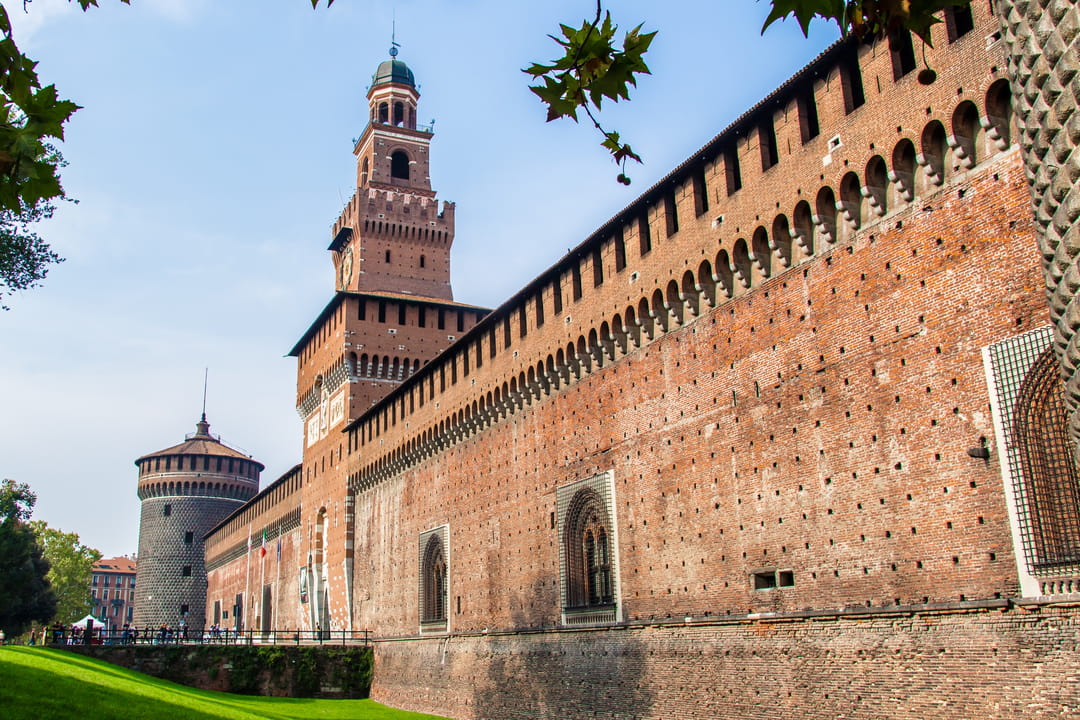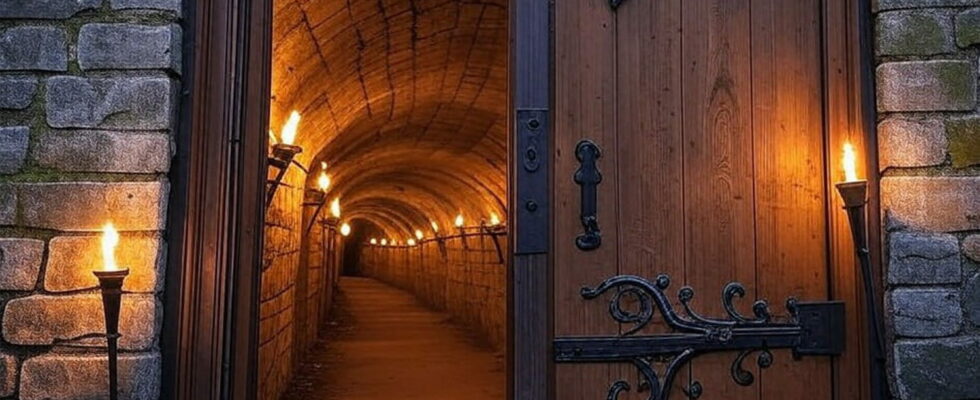Tunnels hidden under a castle have been unearthed, when they were so far only the subject of speculation. De Vinci had drawn them.
The Joconde or the Last Supper are essential paintings by Leonardo da Vinci. Other works are much less known, but are full of mysteries. This is the case of drawings dating from the end of the 15th century. At that time, the painter was asked by Ludovic Le More, son of the Duke of Francesco Sforza, to decorate the castle he inherited from his father in Milan. The artist then sketches several representations of the building.
What intrigued the scientists on one of these sketches is the presence of underground paths which seemed to be imposed on the spot and then remained of the order of speculation. Recently, new research has been carried out by specialists from the Polytechnic University in Milan. As explained by a press release on The University websiteground penetration radars and Laser scanners have finally made it possible to locate these tunnels and prove their existence. These radars emit electromagnetic waves whose variations raise anomalies such as cavities. By analyzing them, the tunnels were detected a few tens of centimeters below the surface. Lasers scanners, for their part, created a three -dimensional reconstruction. However, these underground passages are not yet accessible.

Scientists want, thanks to this work, to allow a virtual visit to these underground passages, the Sforza castle having today been transformed into a museum. “The objective is to create a digital twin of the Château des Sforza, a digital model which not only represents the current appearance of the castle but also makes it possible to explore the past, by recovering historical elements which are no longer visible,” Explained Franco Guzzetti, of Milan Polytechnic University.
What were these tunnels for? Their utility was above all military: the castle was built on the remains of a fortress and served as a military base for many armies of invasion. The researchers also found much more personal use. They identified a connection to the tomb of the wife of Ludovic Le More. He could thus go see his deceased spouse to the choir of the Basilica of Santa Maria Delle Grazie.
Béatrice d’Este disappeared in 1497 at the age of 21 when she was pregnant, a death that had devastated her husband. This tunnel therefore also hides a beautiful romantic myth. In addition, this network could be much more widened than what Léonardo da Vinci had drawn, crossing a large part of the site.
